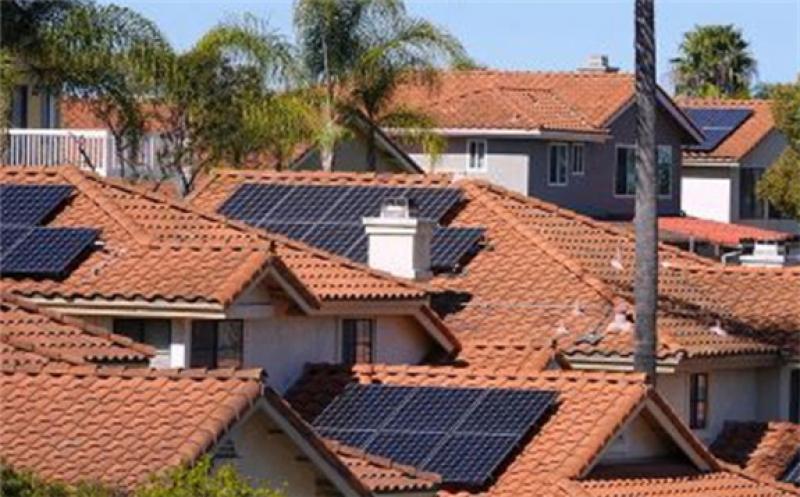California utility Southern California Edison (SCE) intends to focus its innovation activities on advancing critical smart grid capabilities.

SCE, in a new white paper, argues that its approach needs to shift from a focus on system-wide reliability standards to one that meets multiple objectives based on specific, localised needs as it places increasing value on decarbonisation and resilience in the years up to 2045 and 100% carbon neutrality.
The paper, Reimaging the Grid, focusses on the electricity grid as the carrier of the carbon-free, renewable resources that are required to meet that target. Technology advancements in software and hardware have fostered continued progress in strengthening and modernising the grid, but its underlying design and architecture have not evolved at the same pace, says the company.
SCE anticipates a 60% increase in electricity demand and 40% increase in peak load by 2045. To satisfy this growth, the grid will need to integrate 80GW of wind and 30GW of storage at the bulk power level, along with 30GW of customer-sited solar and 10GW of storage at the distribution level.
For the decarbonisation of transport, more than 20 million light duty and almost 1 million medium and heavy duty electric vehicles will be added to California’s vehicle fleet. Alongside this, electrification of space and water heating in homes and businesses will have to grow to more than 70%.
Climate change effects also are growing with impacts from both natural weather events and changes in customers’ behaviours.
The result will be that power supply challenges will become more prevalent and complex to manage and the planning, design and operation of the grid will need to evolve. The grid’s technological capabilities will need to be reimagined, says SCE.
Grid innovation will be driven by a need-based approach focussed on identifying technology gaps to be filled to address future challenges, rather than by the traditional model of equipment suppliers developing standard solutions to address uniform needs.
This will include the ability of the grid to sense, communicate, analyse and act to provide a targeted real-time response to changes in load and equipment conditions, and achieving sub-millisecond latency across millions of control points to maintain reliability and stability.
New grid tools
Alongside accelerating the development and deployment of critical grid technologies, SCE intends to integrate new tools and grid planning processes to lower the deployment time. The company also proposes to improve its ‘forward radar’ to anticipate changes and engage with state and federal regulators and agencies, the industry and customers to collaborate to address upcoming grid challenges.
“We are working to make sure the electric system is ready for the major shifts in how customers will use electricity to support California’s ambitious greenhouse gas reduction goals,” says Kevin Payne, president and CEO of SCE.
“We cannot do this alone. Stronger alignment, broader reach and deeper collaboration with stakeholders will be key for future grid designs, standards and infrastructure planning.”
SCE estimates that technologies such as advanced grid control platforms, fast frequency response inertia and power flow controllers will reach commercialisation in the next five to ten years.
Adaptive AC protection, advanced sensors and long duration storage are likely ten to twenty years out. DC network protection and synthetic inertia are longer term beyond that.